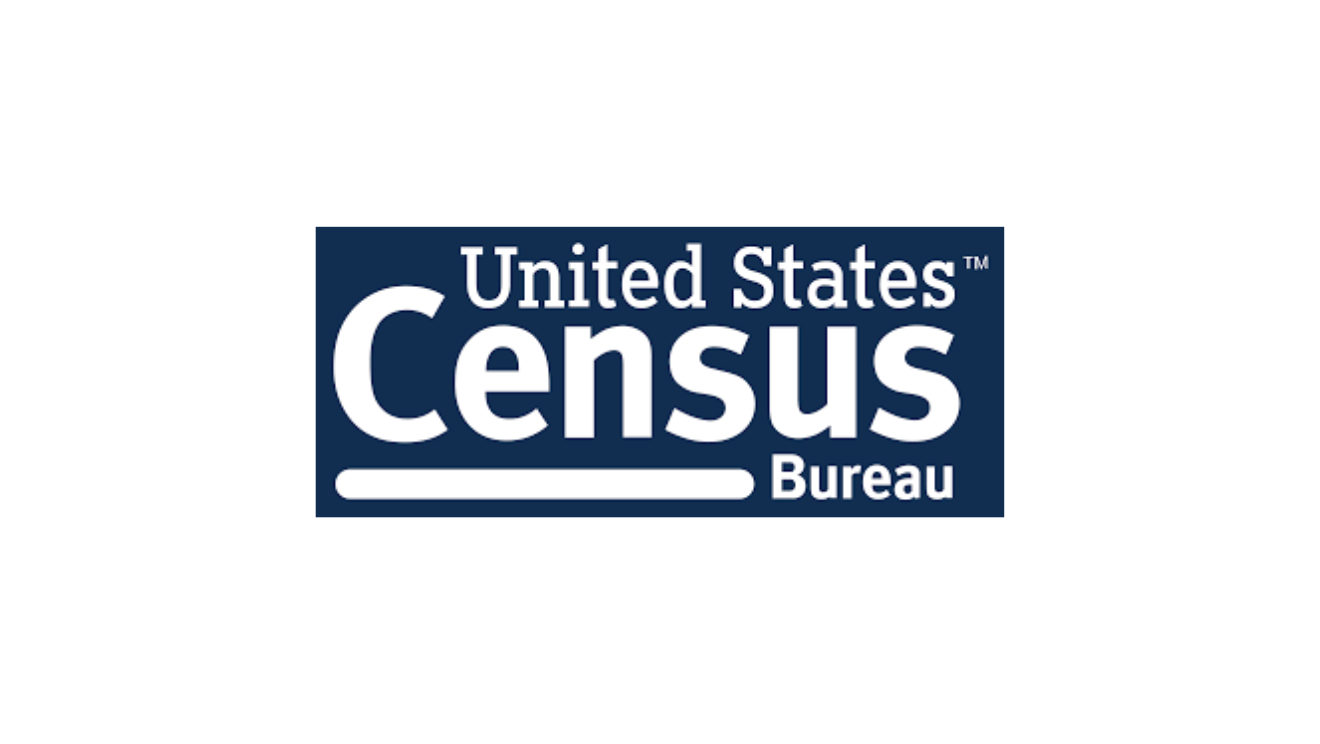By James R. Thomas
JD, CPA, Principal
CliftonLarsonAllen LLP (CLA)
If you have not yet explored your organization’s eligibility for the Employee Retention Credit (ERC) it is not too late!
What is the ERC?
The ERC is a fully refundable payroll tax credit for qualified wages that eligible employers pay their employees. Qualified wages include allocable health plan expenses. The ERC is available to employers for the seven calendar quarters beginning with the first calendar quarter of 2020 and concluding with the third calendar quarter of 2021. In general, an employer must determine eligibility on a quarter-by-quarter basis.
The credit amount for 2020 is 50% of qualified wages up to $10,000 of qualified wages for each employee, per eligible calendar quarter, or a maximum credit of $5,000 for each eligible 2020 calendar quarter. The credit amount for 2021 is 70% of qualified wages up to $10,000 of qualified wages for each employee, per eligible calendar quarter, or a maximum credit of $7,000 for each eligible 2021calendar quarter.
Who is Eligible for ERC?
The first step in the ERC process is to determine eligibility.
There are two ways an employer can qualify for ERC eligibility:
- Fully or partially suspended operations due to orders from an appropriate governmental authority that limits commerce (i.e. travel restrictions, in-person meetings, etc.).
- Experienced a significant decline in gross receipts for the calendar quarters under consideration. For 2020, gross receipts for a calendar quarter must have declined by 50% or more in comparison with the same calendar quarter in 2019. For 2021, gross receipts for a calendar quarter must have declined by 20% or more in comparison with the same calendar quarter in 2019 (the base year remains 2019). Gross receipts are determined on the same basis of accounting the employer uses in preparation of its annual income tax return that is filed with the Internal Revenue Service.
What are some ERC Calculation Considerations?
The second step in the ERC process is to calculate the ERC amounts.
The calendar quarter ERC calculations are done on an employee-by-employee basis, so you will need to have access to detailed historical payroll information. Payroll reports that can be produced from your payroll system, internal or external, are typically a good start, but will likely require some amount of customization to align with the detailed ERC calculation guidelines.
Probably the most common customization items are to account for the interplay between ERC and the Payroll Protection Program (PPP). The same expenses cannot be used for both ERC and PPP purposes. For example, if an employer used wages for a specific employee to support a PPP loan, those same wages cannot be used in the ERC calculation. The ERC and PPP interplay can be complex as the calculation is done by employee, by calendar quarter.
How is the ERC Refund Requested?
The third step in the ERC process is to request the ERC refunds.
The vehicle used to request the ERC refunds is to complete and file Form 941-X (Adjusted Employer’s Quarterly Federal Tax Return of Claim for Refund) that amends the originally completed and filed Form 941 (Employer’s Quarterly Federal Tax Return).
The statute of limitations for filing Form 941-X is three years from the due date of Form 941. For example, if an employer is eligible for the ERC for the first calendar quarter of 2020, the Form 941-X should be filed by April 30, 2023 (three years after the original due date of April 30, 2020). So, there is still time to request the ERC.
How Long will it take to Receive the ERC Refund?
There is no definitive timeline for the receipt of the ERC refunds. Experience with employers who have received the ERC refunds indicates a minimum waiting period of several months. Experience also indicates that employers who complete and file multiple Form 941-Xs receive the ERC refunds in separate checks.
What Information Should be Gathered to Start the ERC Process?
- Order from an appropriate governmental authority that limits commerce.
- Calendar quarter gross receipts beginning with the first calendar quarter of 2019 and concluding with the third calendar quarter of 2021.
- Detailed wage information by employee, by eligible calendar quarter.
- PPP loan applications and forgiveness applications with detailed supporting expenses.
- Originally prepared and filed Form 941 for each eligible calendar quarter.
About Jim Thomas
Jim Thomas is a Nonprofit Principal with the accounting firm of CliftonLarsonAllen. Jim has spent all 34 of his years in public accounting with CliftonLarsonAllen, which has over 60 years of experience and serves over 150,000 clients in 120-plus locations throughout the United States. Jim is also an attorney who provides a variety of services to clients and he handles non-traditional services which include cash flow and budgeting consulting. Contact Jim at www.CLAconnect.com.





 Back
to News
Back
to News